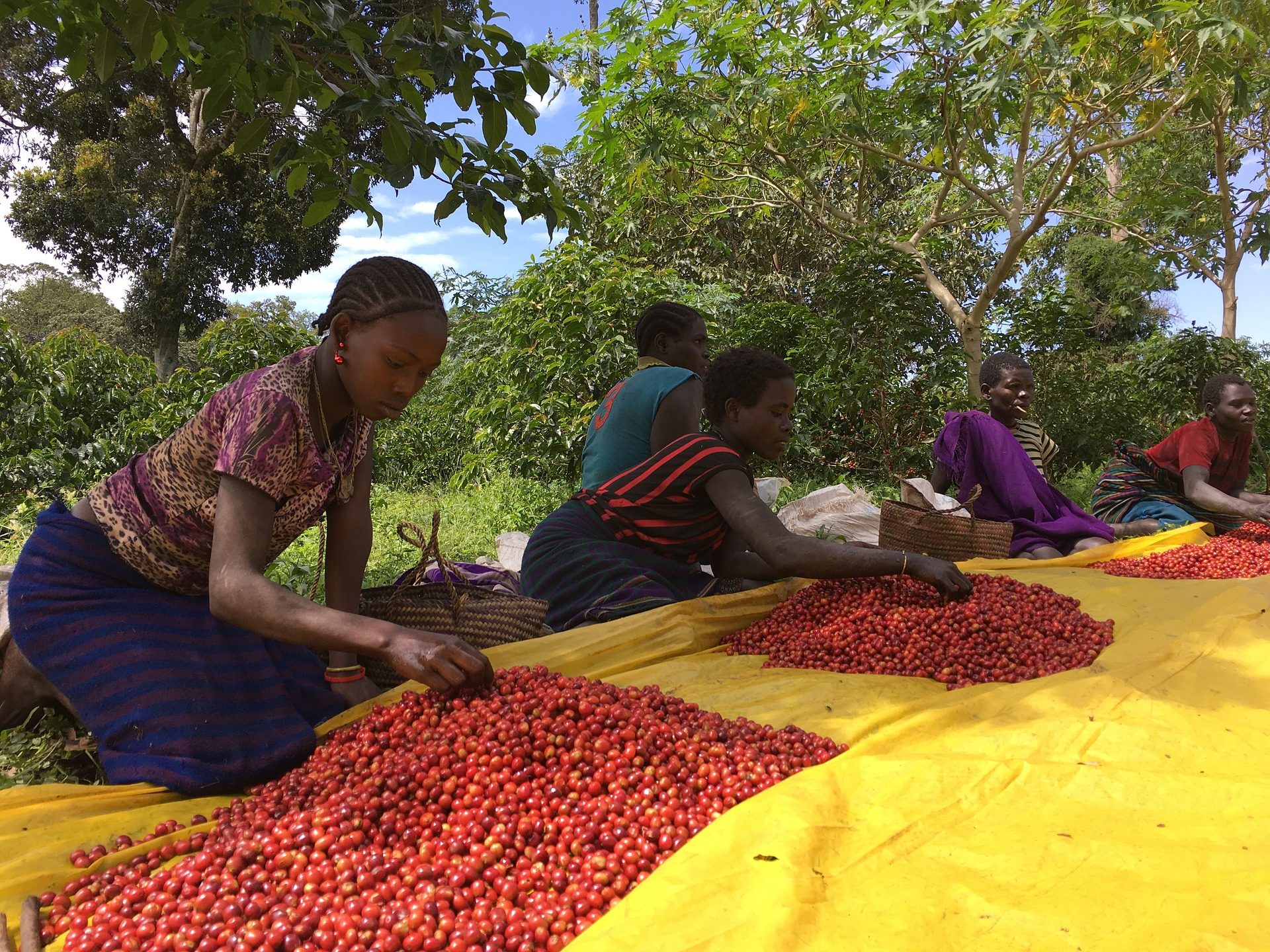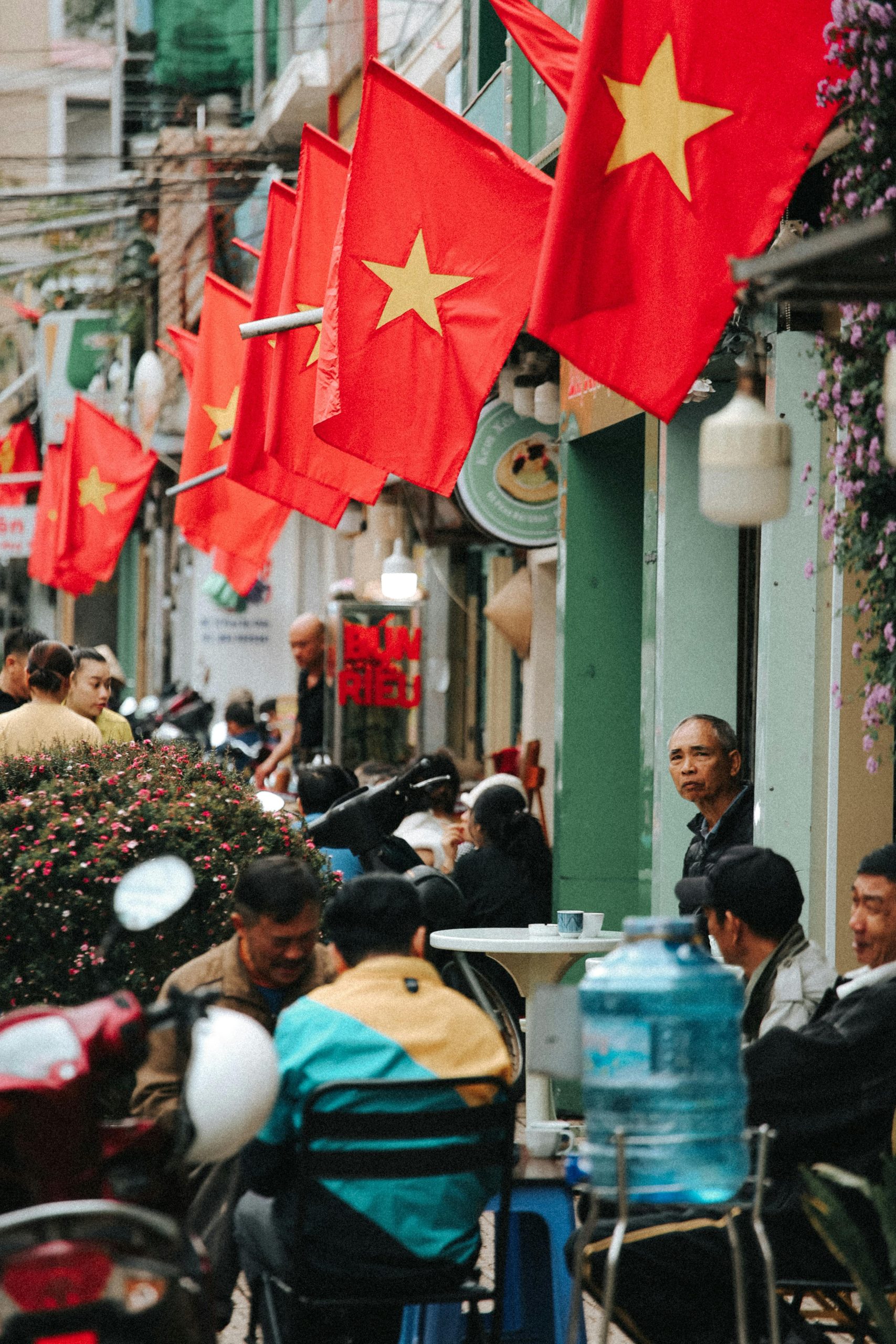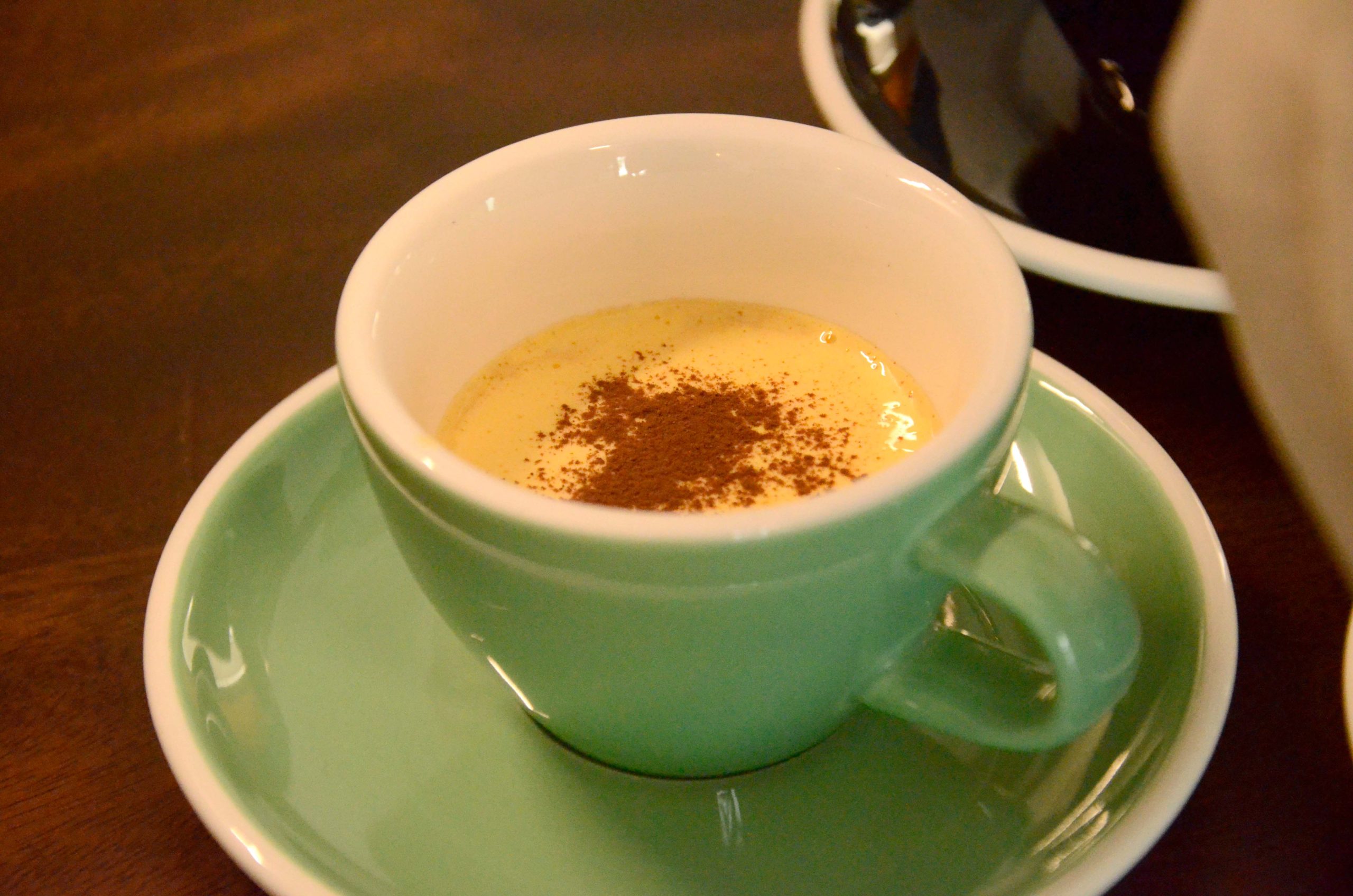The Journey of Coffee: From Bean to Cup
Coffee has become an integral part of our daily lives, transcending cultural boundaries and fostering connections around the globe. Whether it's the aroma of a freshly brewed cup in the morning, the comfort of a warm mug on a cold day, or the energy boost during an afternoon slump, coffee plays a crucial role in our routines. It’s not just a beverage; it’s a cultural phenomenon that brings people together, ignites conversations, and fuels productivity. This blog takes you on a journey to explore the fascinating world of coffee, from its origins to its global impact.
The Origin of Coffee

The story of coffee begins in the ancient coffee forests of Ethiopia. According to legend, a goat herder named Kaldi discovered the potential of these beloved beans. Kaldi noticed that his goats became particularly energetic after eating the berries from a certain tree. Curious, he tried the berries himself and experienced a similar burst of energy. The local monastery soon caught wind of Kaldi's discovery, and the monks used the berries to create a drink that kept them awake during long hours of prayer. This marked the beginning of coffee's journey into human culture.
From Ethiopia, coffee spread to the Arabian Peninsula, where it grew in popularity. By the 15th century, coffee was being cultivated in the Yemeni district of Arabia and was known as "qahwa," which means "wine of the bean." Coffee houses, called qahveh khaneh, began to spring up in cities across the Middle East, becoming centers of social interaction, intellectual discourse, and cultural exchange. These establishments became known as "Schools of the Wise," where people gathered to discuss politics, literature, and religion over a cup of coffee.
Coffee's Spread to Europe

The spread of coffee to Europe can be attributed to the Ottoman Empire. Venetian merchants, who traded extensively with the Ottomans, were among the first Europeans to encounter coffee. By the 17th century, coffee had reached the continent, and coffee houses began to appear in major cities like Venice, Paris, and London.
These European coffee houses, often referred to as "penny universities," played a significant role in shaping modern society. They were frequented by artists, writers, and intellectuals who would gather to discuss ideas, read newspapers, and engage in lively debates. The coffee house culture became synonymous with the Age of Enlightenment, fostering a spirit of inquiry and innovation.
In England, coffee houses became known as "penny universities" because, for the price of a penny, one could purchase a cup of coffee and engage in stimulating conversation. These establishments were instrumental in the birth of new ideas and institutions, such as insurance companies, stock exchanges, and newspapers.
The Global Coffee Trade

As demand for coffee grew, European powers sought to establish coffee plantations in their colonies to ensure a steady supply. The Dutch were the first to successfully cultivate coffee outside of Arabia, establishing plantations in Java, Indonesia. This marked the beginning of the global coffee trade.
Coffee cultivation soon spread to other parts of Asia, the Caribbean, and Central and South America. Brazil, in particular, became a dominant force in the coffee industry. Today, Brazil is the world's largest coffee producer, followed by Vietnam, Colombia, and Ethiopia. The journey of coffee from seed to cup involves a complex supply chain that includes farmers, traders, roasters, and baristas, each playing a vital role in delivering that perfect cup of coffee to consumers worldwide.
The introduction of coffee to the Americas was particularly impactful. In the 18th century, coffee plants were smuggled out of the Arab world and taken to the French colony of Martinique in the Caribbean. From there, coffee cultivation spread rapidly throughout the region. By the 19th century, coffee had become a major export commodity for countries like Brazil, Colombia, and Costa Rica, profoundly influencing their economies and societies.
The Science and Art of Coffee Brewing

Brewing coffee is both a science and an art. The process begins with selecting high-quality beans, which are then roasted to perfection. Roasting transforms the chemical and physical properties of the beans, unlocking the flavors and aromas that make coffee so enticing. The roast profile can vary from light to dark, each offering a unique taste experience.
Grinding the beans to the right consistency is crucial for extracting the best flavors during brewing. There are various brewing methods, each with its own set of parameters and techniques. Popular methods include drip brewing, espresso, French press, pour-over, and cold brew. The choice of method, along with factors like water temperature, brewing time, and coffee-to-water ratio, can significantly influence the final taste of the coffee.
The Coffee Culture Around the World

Coffee culture varies significantly across different regions, reflecting local customs, traditions, and preferences. In Italy, espresso is the drink of choice, enjoyed quickly while standing at a bar. The Italians have elevated espresso to an art form, with precise standards for preparation and presentation. In Italian coffee culture, the barista plays a central role, skillfully crafting each cup with attention to detail and pride.
In contrast, Scandinavian countries like Sweden and Finland have a strong tradition of "fika," a coffee break accompanied by pastries and socializing. Fika is an essential part of the daily routine, promoting relaxation and connection. The concept of fika goes beyond just drinking coffee; it represents a moment to pause, reflect, and enjoy the company of others.
In Ethiopia, the birthplace of coffee, the traditional coffee ceremony is a time-honored ritual. Coffee is roasted, ground, and brewed in a special pot called a "jebena," then served in small cups. The ceremony is a social event, often accompanied by conversation and a sense of community. It is a process that can take hours, highlighting the cultural significance and reverence for coffee in Ethiopian society.
In Vietnam, coffee is often enjoyed with sweetened condensed milk, creating a rich and creamy beverage known as "ca phe sua da." The Vietnamese coffee culture has also given rise to unique creations like egg coffee, which combines coffee with egg yolks and sugar for a decadent treat. Coffee shops in Vietnam often serve as social hubs where people gather to chat, work, or simply watch the world go by.
In the United States, the coffee culture is diverse and continually evolving. From the rise of specialty coffee shops to the popularity of drive-through coffee stands, Americans have embraced coffee in various forms. The third-wave coffee movement, which emphasizes high-quality, ethically sourced beans and meticulous brewing techniques, has gained traction in recent years, leading to a greater appreciation for the nuances of coffee flavor.
Sustainability in Coffee Production

As coffee continues to be a beloved beverage worldwide, there is growing awareness of the need for sustainable coffee production. The coffee industry faces challenges such as climate change, deforestation, and the socioeconomic well-being of coffee farmers.
Sustainable coffee initiatives aim to address these issues by promoting environmentally friendly farming practices, fair trade, and ethical sourcing. Organizations like the Rainforest Alliance and Fair Trade International work to ensure that coffee is grown in a way that protects ecosystems and provides fair wages and working conditions for farmers. These certifications help consumers make informed choices that support sustainable practices.
Many coffee companies are also taking steps to reduce their environmental footprint. This includes using biodegradable or reusable packaging, investing in renewable energy, and supporting reforestation projects. Consumers can contribute to sustainability by choosing coffee that is certified organic, fair trade, or shade-grown.
One notable example of sustainable coffee production is the "shade-grown" coffee. This method involves growing coffee plants under the canopy of native trees, preserving biodiversity and providing habitat for wildlife. Shade-grown coffee farms are often more resilient to climate change and require fewer chemical inputs, making them a more sustainable option.
The Future of Coffee

The future of coffee is full of exciting possibilities. Advances in technology and research are leading to new innovations in coffee cultivation, processing, and brewing. Scientists are exploring ways to improve coffee plant resilience, develop new flavors, and reduce the environmental impact of coffee production.
At the same time, the rise of specialty coffee is elevating the appreciation of coffee as a craft. Specialty coffee focuses on high-quality beans, meticulous roasting, and precise brewing techniques. Coffee enthusiasts are increasingly seeking out unique and traceable coffees, often sourced from small, independent farms.
The coffee community is also embracing diversity and inclusivity, with more women and underrepresented groups participating in the industry. This shift is fostering a more equitable and vibrant coffee culture, where different voices and perspectives are celebrated.
Technological advancements are also shaping the future of coffee. Innovations such as precision agriculture, which uses data and technology to optimize farming practices, are helping farmers increase yields and improve sustainability. In the realm of brewing, new methods and equipment are constantly being developed, allowing coffee lovers to experiment with different flavors and techniques.
Conclusion

The journey of coffee from its humble beginnings in Ethiopia to its status as a global phenomenon is a testament to its enduring appeal. Coffee has not only shaped cultures and economies but has also connected people across the world. As we continue to enjoy our daily cup, let us also appreciate the rich history, the hard work of those who bring it to us, and the ongoing efforts to make coffee sustainable for future generations. Whether you prefer a simple black coffee, a frothy cappuccino, or a sweet Vietnamese iced coffee, each sip is a celebration of the journey of coffee.
In the end, coffee is more than just a drink; it is a shared experience that transcends borders and brings people together. Its journey from the lush coffee plantations to the bustling coffee shops in cities around the world is a story of tradition, innovation, and connection. As we look to the future, the world of coffee continues to evolve, promising new flavors, sustainable practices, and opportunities to connect over a beloved cup of coffee.





























